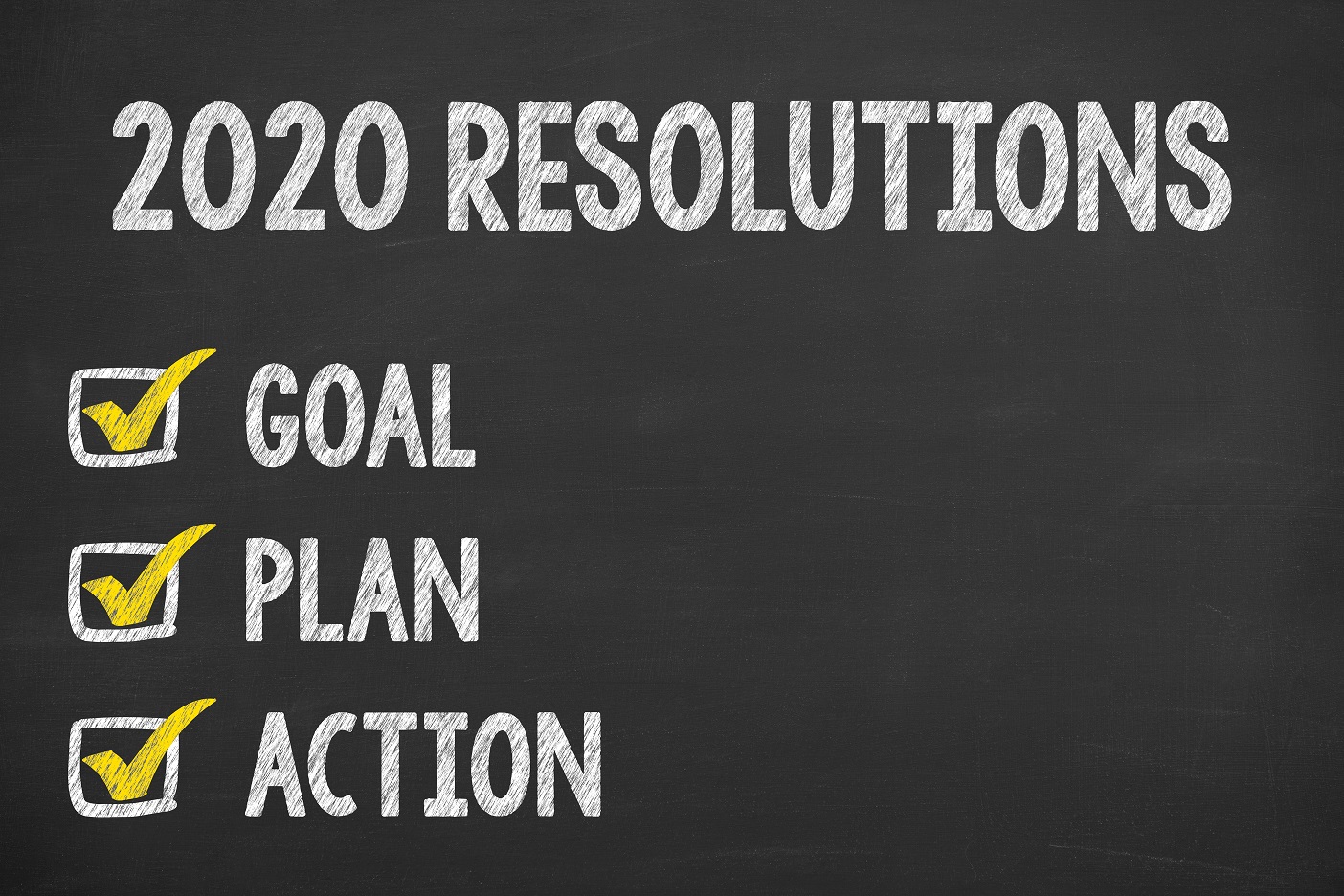 Virtual learning is a way of life again for many kids as we head towards winter.
Virtual learning is a way of life again for many kids as we head towards winter.
Mayo Clinic psychologist Dr. Craig Sawchuk says that families will need to adapt to changing circumstances this school year.
“We’ve all been dealing with uncertainty,” Sawchuk said in a recent Mayo Clinic Q&A podcast. “We need to be flexible with the format of how our kids learn. It’s all going to look different, regardless of whether your kids are doing in-person, virtual or a hybrid learning model. And it’s subject to change.”
Here are some ideas shared by creative parents and experts to help maintain your family’s sanity, while trying to navigate virtual learning through the extended stay-at-home winter days.
- Keep your kids moving. An absence of in-person learning means no recess and no gym class. Keep your kids exercising by scheduling 30 to 60-minute blocks of time for them to do their favorite activity. These activities can include, but not be limited to, walking, jogging, biking, skateboarding, rollerblading or riding on a scooter.
Do it differently: Consider tracking student activity information on a spreadsheet, then teach them how to make charts and graphs. They can then see progress toward fun goals while learning how to work with spreadsheets.
- Get crafty. Kids love anything that involves glue, scissors and building stuff. Set aside a dedicated area for your kids to build whatever they can imagine. Give them some latitude to get messy (as long as they clean up!).
Do it differently: One of the more interesting phenomena of this year’s pandemic is our national coin shortage. If you have some spare change that you’re willing to part with, have your kids search online for DIY coin crafts.
- Put on the chef hat. Turn your kitchen over to your kids. Yes, it might get messy, and your meatloaf may end up a little dry, but getting your kids to cook can spark their creativity and get them into the habit of helping prepare food for the entire family.
Do it differently: Have your kids create their own cooking show. Set up a video recorder on a sturdy tripod and have them narrate what they’re preparing. If extra time allows, they can jump on a video editing software program and edit their TV show.
- Thumb through an actual book. Textbooks have been replaced by tablets. Newspapers have been supplanted by websites. Physical books have given way to e-books. While your kids are at home, consider reading through an actual book, while sitting on an actual chair or sofa.
Do it differently: After reading a book, have your children or grandchildren create their own story. Or have them create a different ending. You can record the story on your phone or be their scribe. They can then make their own book to share.


 New Year’s resolutions get a bad rap — and for good reason. They are wildly unsuccessful. Millions of people have well-intentioned aspirations for the New Year, but only about one in 10 actually accomplish their goal, according to the Statistic Brain Research Center.
New Year’s resolutions get a bad rap — and for good reason. They are wildly unsuccessful. Millions of people have well-intentioned aspirations for the New Year, but only about one in 10 actually accomplish their goal, according to the Statistic Brain Research Center.